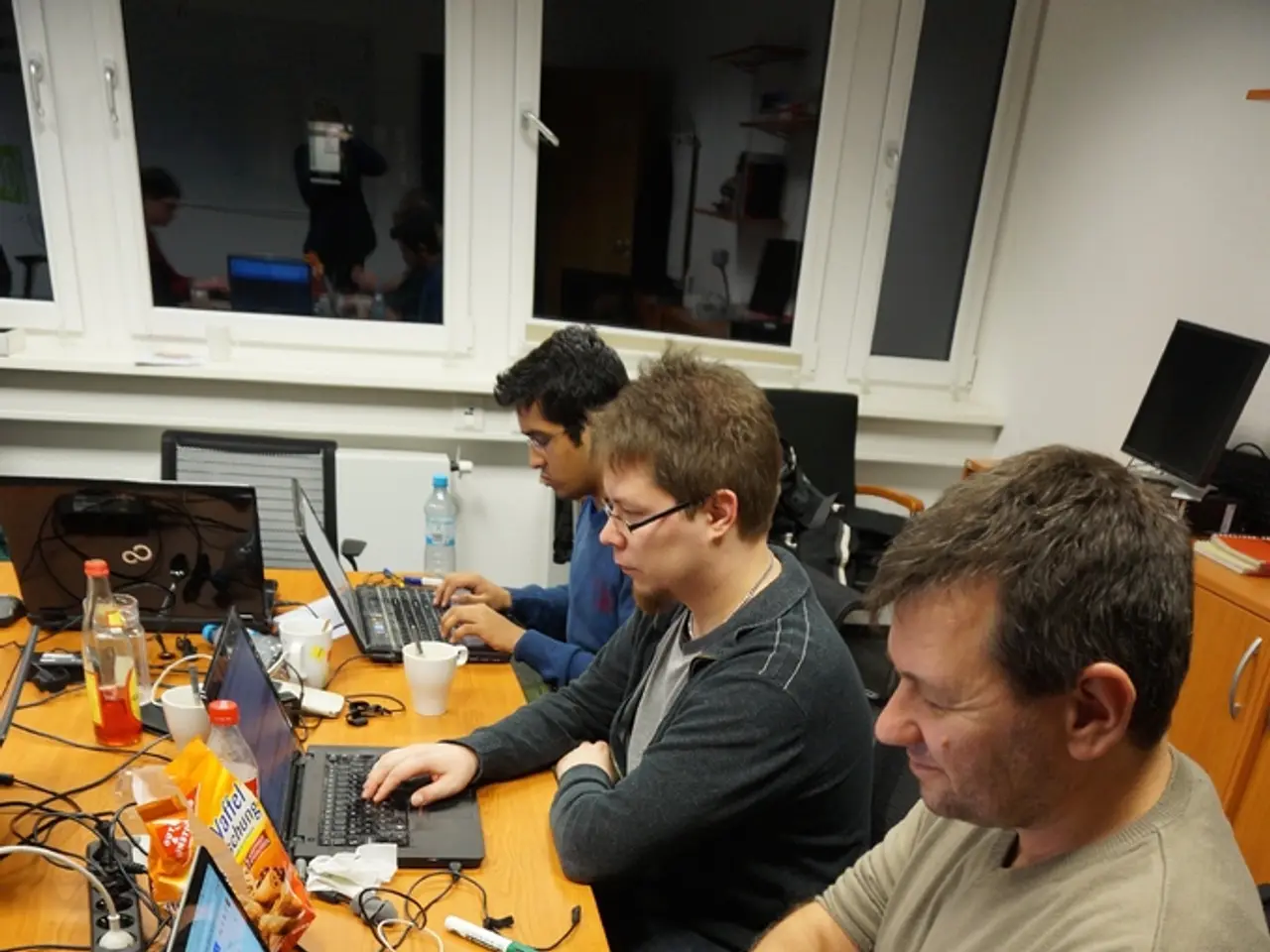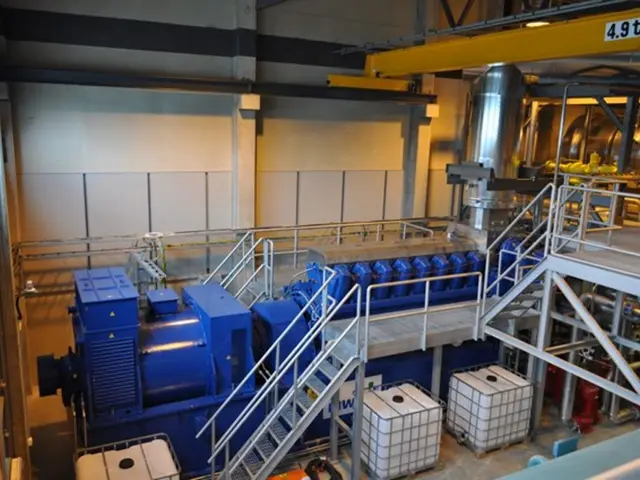Enhancing an Employee's Productivity: A Guide
Boosting Employee Efficiency for a More Productive Workplace
In today's fast-paced business environment, efficiency is key to success. One area that significantly impacts a company's productivity is employee efficiency. Here's how businesses can improve employee efficiency and reap the benefits.
Setting Clear Goals and Streamlining Workflows
By setting clear, definite goals that align with business objectives and communicating them effectively to employees, businesses can promote focus and avoid misunderstandings. Streamlining workflows by automating repetitive tasks and eliminating redundant processes frees employees to focus on meaningful and high-impact work.
Investing in Employee Training and Development
Upskilling workers through training and development programs can improve their capabilities, increase engagement, and boost productivity. Providing the right tools and ergonomic equipment also supports healthy posture and enables employees to work faster with fewer errors.
Fostering Open Communication and Accountability
Building trust, enabling collaboration, and quickly resolving issues are crucial for a productive work environment. Encouraging accountability balanced with authority allows employees to take responsibility for their work while managers guide progress through realistic deadlines and support.
Promoting Employee Well-being
Employee well-being is essential for high-quality output. Encouraging breaks, offering flexible work hours, considering remote work options, and reducing excessive workloads can prevent burnout and maintain productivity. Recognizing and rewarding achievements also boosts morale and motivates employees to maintain high performance.
Boosting Efficiency through Technology
Utilizing time tracking software can help businesses understand and optimize employee throughput. Project management software like Asana can help manage project stages, deadlines, pending tasks, and productivity goals. Communication and collaboration tools like Slack can incentivize cross-team collaboration and improve efficiency. AI text to speech tools can convert text into spoken audio, enabling employees to multitask.
The Importance of Employee Efficiency
Boosting employee efficiency leads to happier employees, which has a positive impact on employee experience, retention, and engagement. Engaged employees are 14% more productive and 23% more profitable. On the other hand, inadequate employee recognition can negatively impact employee morale and productivity. A peer recognition program and recognizing personal accomplishments can help address this issue.
Measuring Employee Efficiency
Measuring employee efficiency involves assessing the current levels, which can be done using time tracking, task completion, and output metrics. The simple employee efficiency formula: Working hours / Total hours worked * 100, can be used to measure efficiency. However, it's important to note that the best way to measure efficiency will always depend on the type of job role and objectives.
The Impact of Inefficiency
Inefficient workflows can lead to delays and affect overall process flow. This can be addressed using workflow automation tools. Excessive meetings are often seen as a waste of time, causing delays and affecting productivity. Before calling a meeting, ensure there is a clear need and purpose.
The Cost of Inefficiency
The U.S. economy loses over $600 billion annually due to inefficient and disengaged employees. Companies can reduce this loss by implementing strategies to improve employee efficiency and productivity.
Conclusion
Boosting employee efficiency is crucial for a productive and profitable business. By implementing strategies like setting clear goals, streamlining workflows, investing in employee training and development, fostering open communication, promoting employee well-being, and leveraging technology, businesses can improve employee efficiency and productivity.
- Hubstaff's demo of time tracking software can help businesses optimize employee throughput.
- Offering education-and-self-development opportunities like online courses in finance or fintech can support career-development and long-term employee growth.
- By fostering diversity-and-inclusion in the workplace, businesses can encourage different perspectives, boost productivity, and increase innovation.
- The finance industry often relies on lifelong-learning and regular skills-training to stay competitive, so investing in employee development is crucial for small-business success.
- Providing opportunities for entrepreneurship, such as internships or innovation labs, can stimulate employees' personal-growth and help them gain valuable business experience.
- Demonstrating accountability and setting realistic deadlines can foster a productive workplace-wellness and encourage employees to prioritize their health-and-wellness.
- Acknowledging employees' learning progress and achievements in their personal-finance and financial-analysis skills shows recognition, encourages further growth, and boosts motivation.
- Workplace-wellness programs, such as yoga sessions or meditation rooms, can help reduce stress and burnout, creating a more productive and engaged team.
- By encouraging collaboration and open communication through tools like Slack, businesses can improve productivity, foster employee engagement, and promote learning from peers.
- Seeking input from employees across different career-development stages can help a business implement more effective and inclusive strategies for continuous learning and long-term success.
- Implementing AI-assisted productivity tools, such as text-to-speech software or smart project management tools, can help employees streamline their work and increase output.
- Encouraging learning through book clubs, workshops, or conferences on industry trends, such as workplace-wellness or science, can support education and knowledge exchange, ultimately improving employee efficiency.




